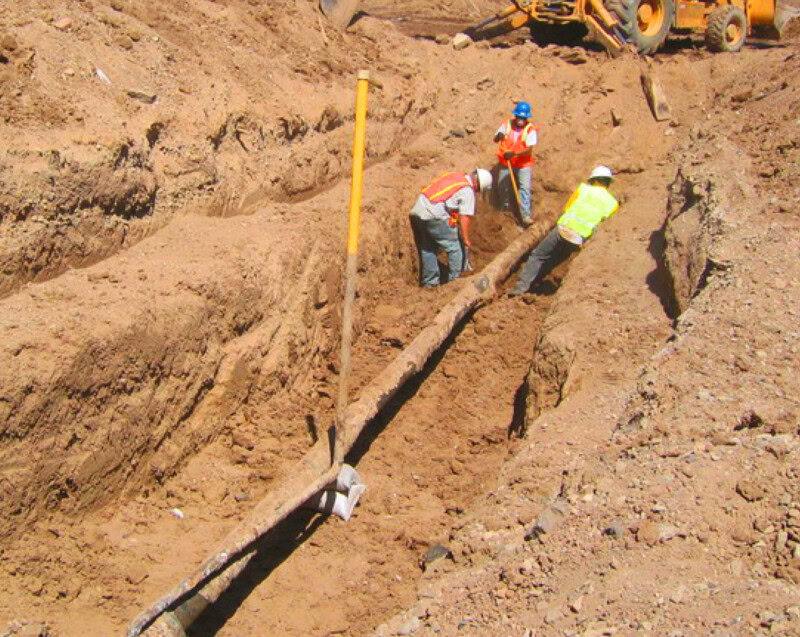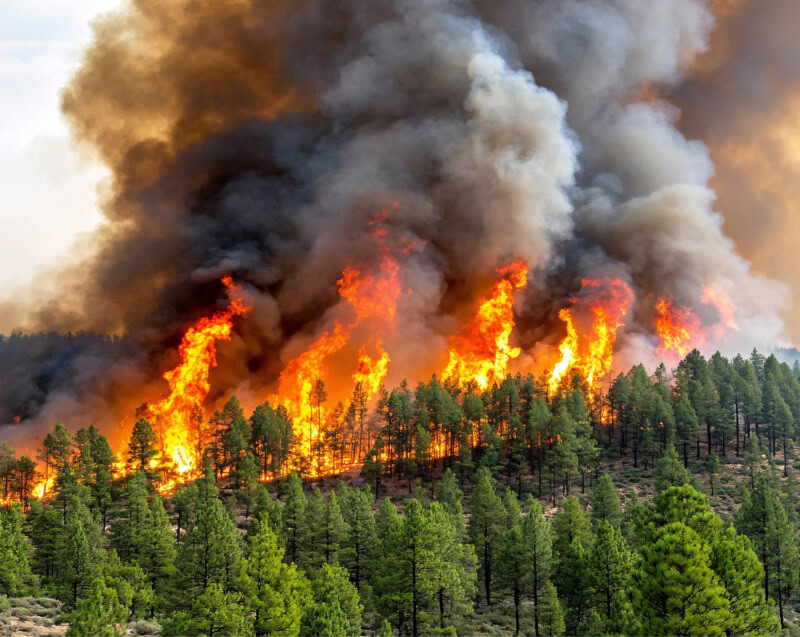In 2020 alone, the Occupational Safety and Health Administration (OSHA) reported more than 20 construction-related trench-collapse deaths. These incidents, which OSHA calls “some of the most dangerous construction activities,” occur when walls collapse without warning—trapping, crushing, or suffocating workers. However, OSHA notes, “When done safely, trenching operations can reduce worker exposure to other potential hazards, such as falls, falling loads, hazardous atmospheres, and incidents involving mobile equipment.”
So, how can workplaces help ensure safe trenching or excavating operations for their employees? They can conduct proper planning, with the assistance of “competent individuals” who are authorized to identify and correct existing and predictable hazards or working conditions.
OSHA requires excavations five feet deep or greater to use protective systems, unless in stable rock. If 20 feet or greater, systems must be designed or approved by a registered professional engineer. These systems include:
- Benching, digging sides to form one or a series of horizontal levels or steps.
- Shoring, installing aluminum hydraulic or other supports.
- Sloping, cutting back the wall at angles inclined away from the excavation.
- Shielding, implementing trench boxes or other supports.
A competent person should design and install protective systems, with relevant factors (e.g., soil classification) considered, before workers enter. They should also inspect trenches daily or at the start of shifts as well as when conditions change (e.g., post rainstorms). In addition, competent individuals should help workplaces plan their job layouts to ensure heavy equipment or other materials are kept away from trench edges. They should identify and mark underground utilities; test for atmospheric hazards; avoid placing workers under suspended or raised loads or materials; develop emergency action plans; and train workers. When possible, they should also consider alternative methods, such as directional boring or pipe ramming.
Does your workplace need help developing or implementing a plan to meet specific OSHA requirements? Contact our occupational health team us at webquestion@cteh.com.




